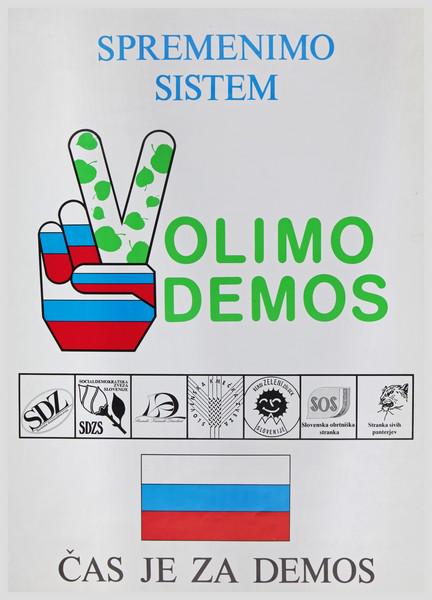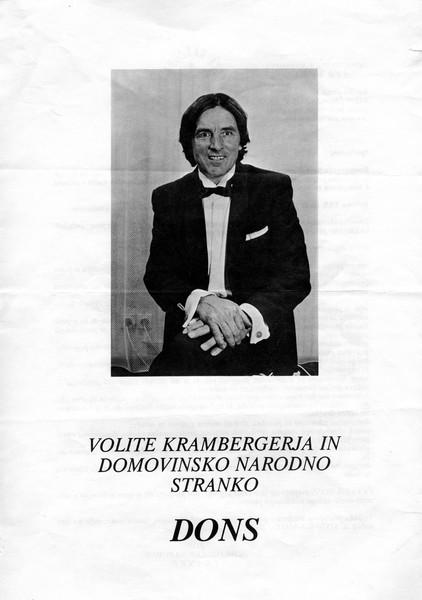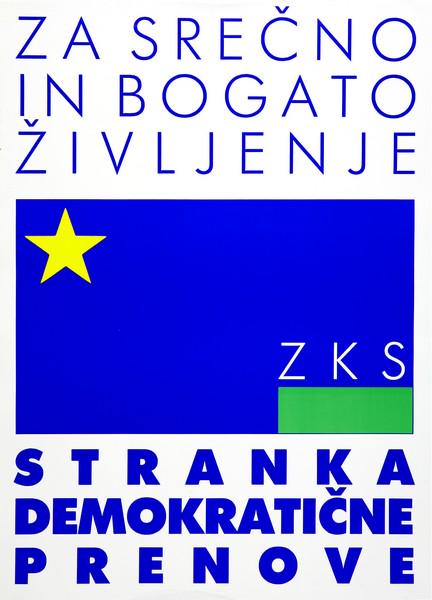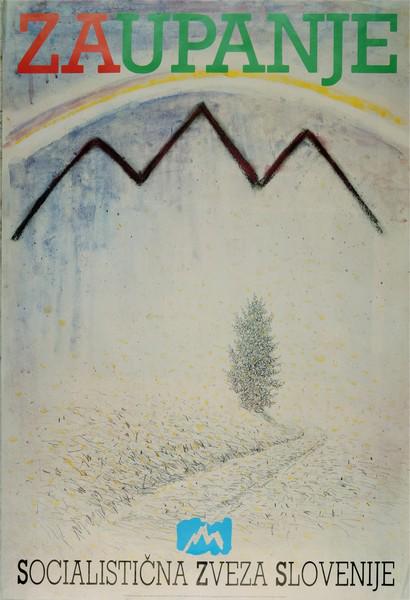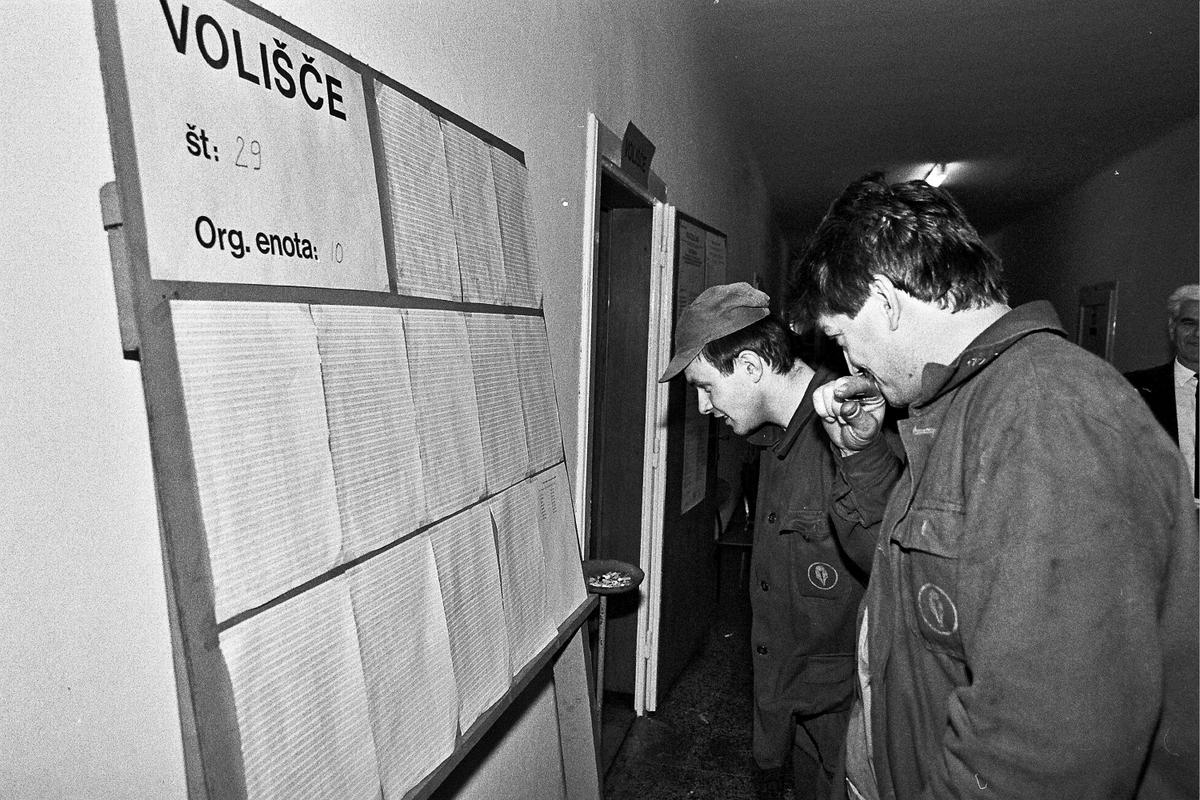
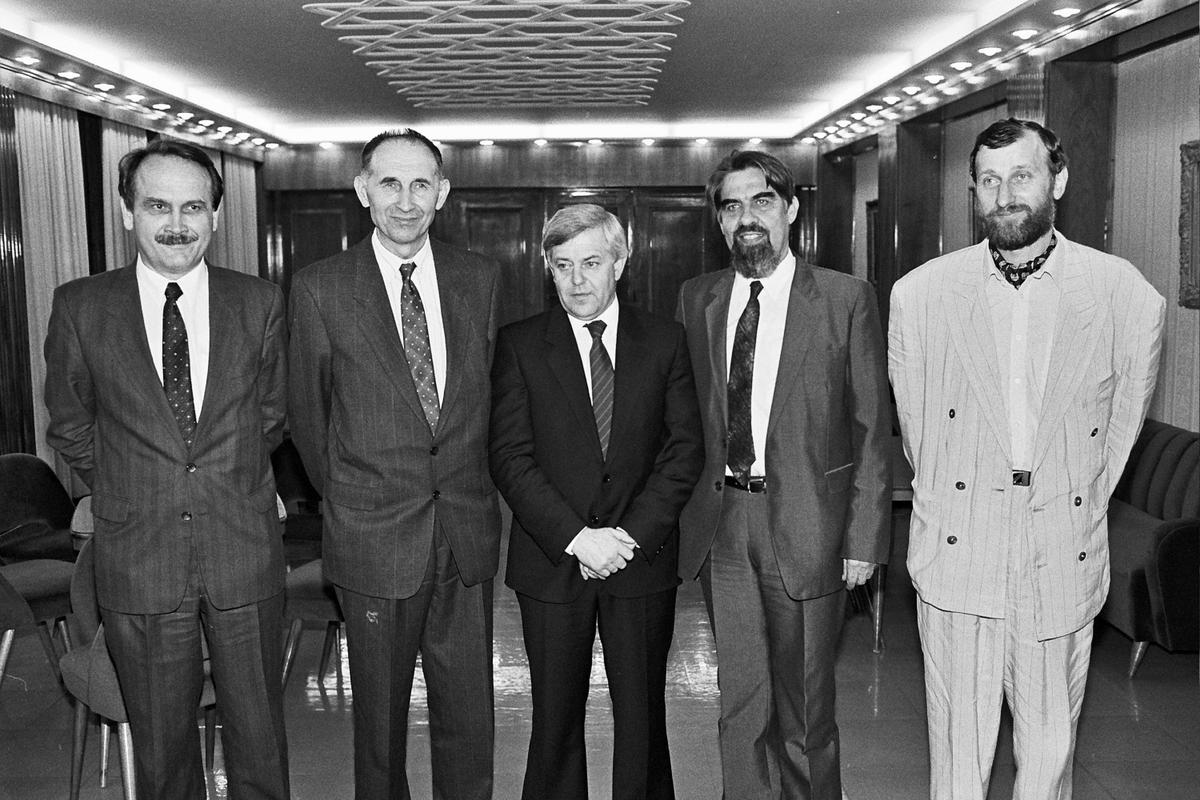
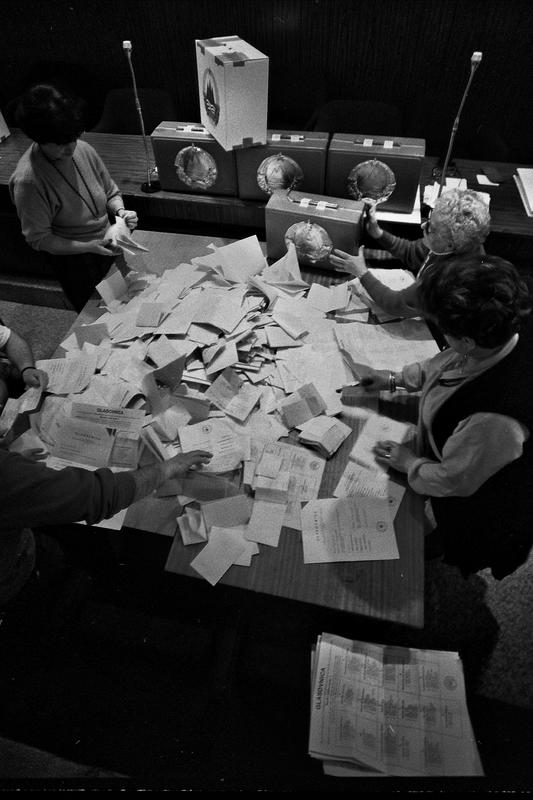

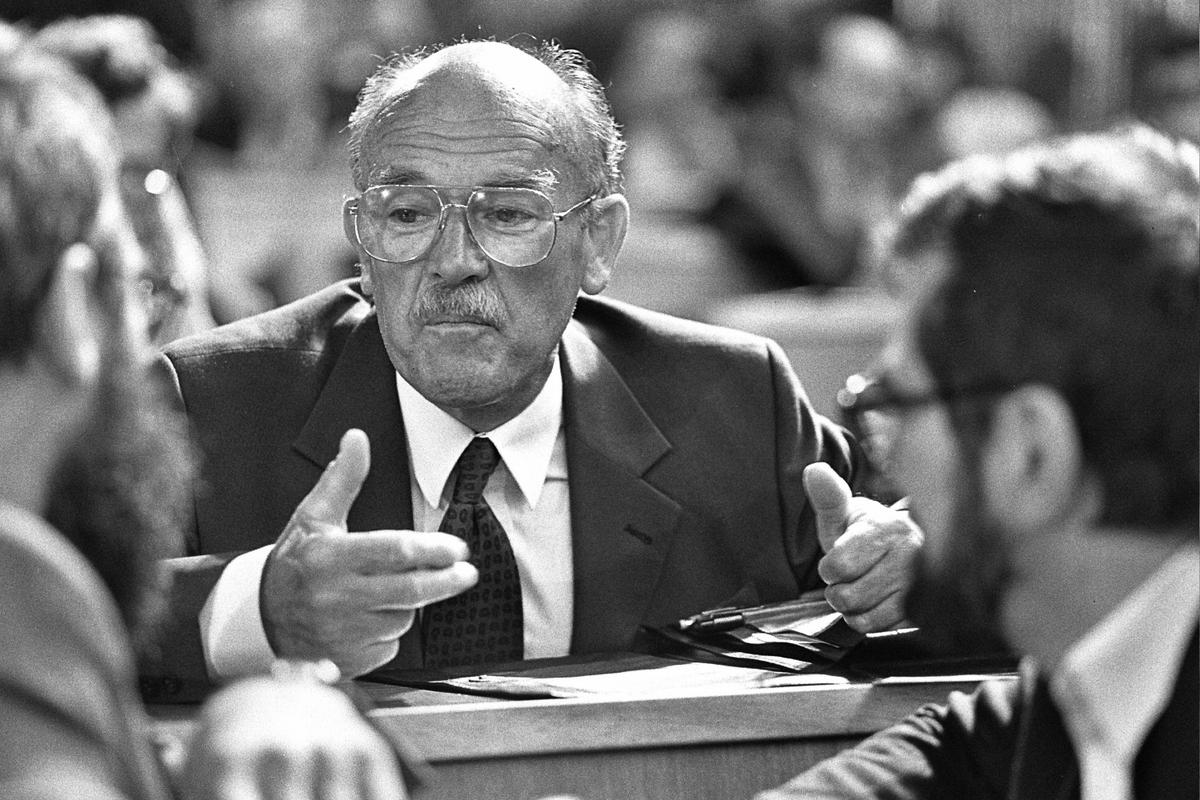
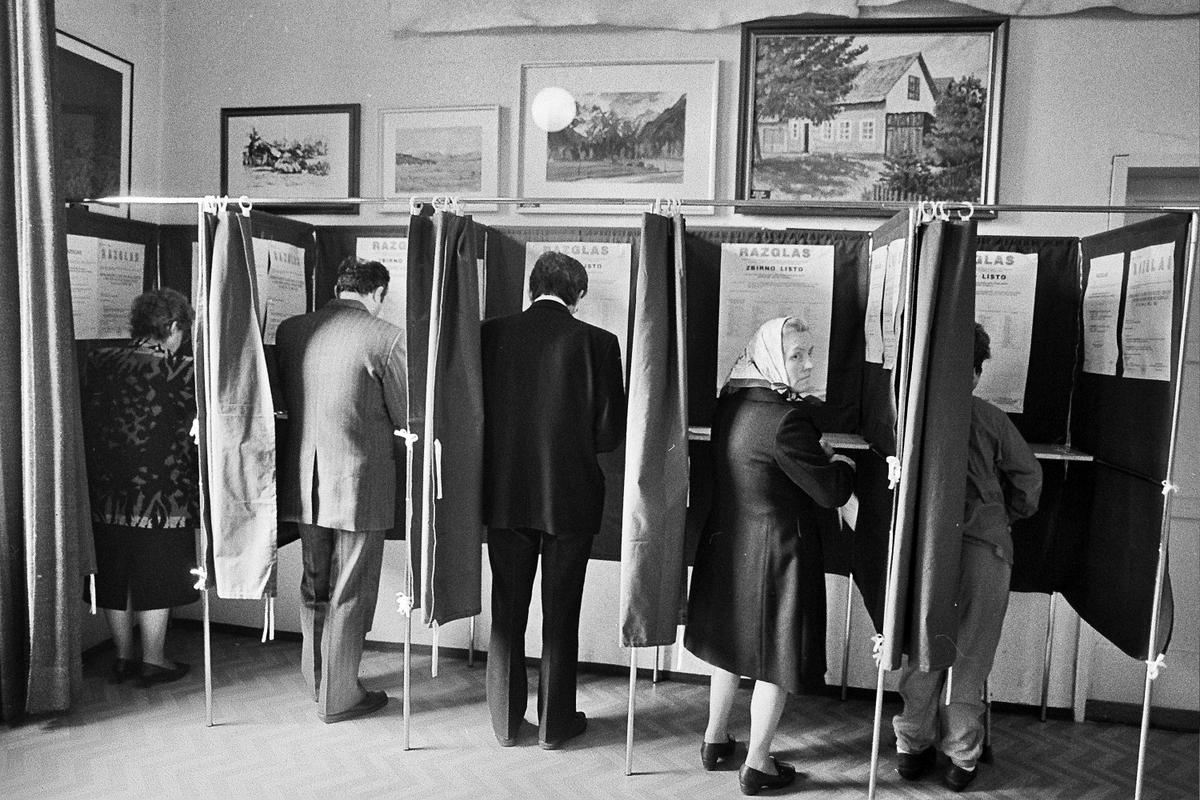
The first multi-party elections in Slovenia 45 years after the end of World War II took place exactly a quarter of a century ago. The elections were the most comprehensive in the history of Slovenia, as due to the new electoral law representatives of a number of authority bodies had to be elected, from the municipal level to the National Assembly of the Republic, not to mention the President and the members of the Presidency. The Assembly of the Socialist Republic of Slovenia was composed of three chambers, the Sociopolitical Chamber, the Chamber of Communities, and the Chamber of Associated Labour, each with 80 deputies, or delegates, as they were called at that time. The electoral commission had to issue 16 million ballots for 1.5 million of eligible voters.
The elections of 1990 were quite a challenge for the electoral commission, especially when the fact is considered that in the early nineties of the previous century the information society had only started to form, and only a few of the electoral commissions had computers, and knew how to use them for data processing. Marko Golobič, the long-time secretary of the republic electoral commission, in his interview for Delo daily newspaper revealed that the republic electoral commission at that time had only one computer, bought after the electoral tasks for the elections of 1990 had already commenced.
Narrow victory of Demos
The Demos coalition (supposedly the Mladina weekly magazine should be given credit for the name, referring to the united opposition parties as Zos - Združena opozicija Slovenije) won 47 seats within the Socioplitical Chamber, and 51 seats in the Chamber of Communities, but only 29 seats in the Chamber of Associated Labour, which in the end brought the absolute majority of 127 seats within the 240-member Republic Assembly.
The elections of 1990 were characterised also by unclear electoral legislation, as the elections for the Sociopolitical Chamber were ruled by the proportional system, while the elections for the Chamber of Associated labour by the single-ballot majoritarian system, and the elections for the Chamber of Communities by the double-ballot majoritarian system, also valid for elections for the President of the Presidency, while the members of the Presidency were elected by the single-ballot majoritarian system.
Elections in numbers
1,241,212 voters participated in the elections for the Sociopolitical Chamber, and 737,704 voters in the elections for the Chamber of the Associated Labour; the turnout being 83.5%.
The voters also elected all the members of the Presidency, and determined the President of the Presidency. Milan Kučan was elected as the president of the Presidency of the Republic of Slovenia with 657,196 votes, i.e. 58.6%.
Independence came next
The elections were the turning point, as the elected Assembly during following months assured the adoption of legislation, and the new constitution, which were the basis for independence of Slovenia.
